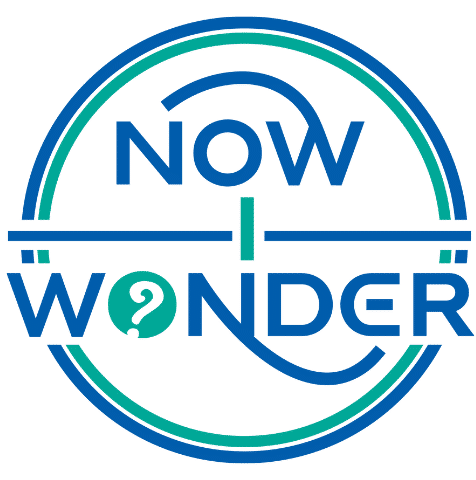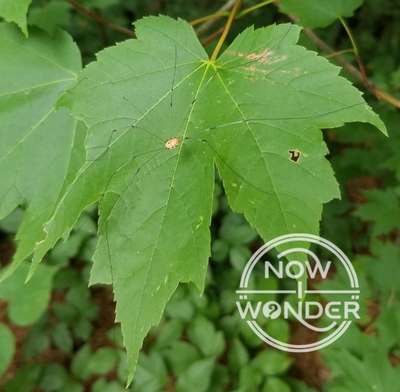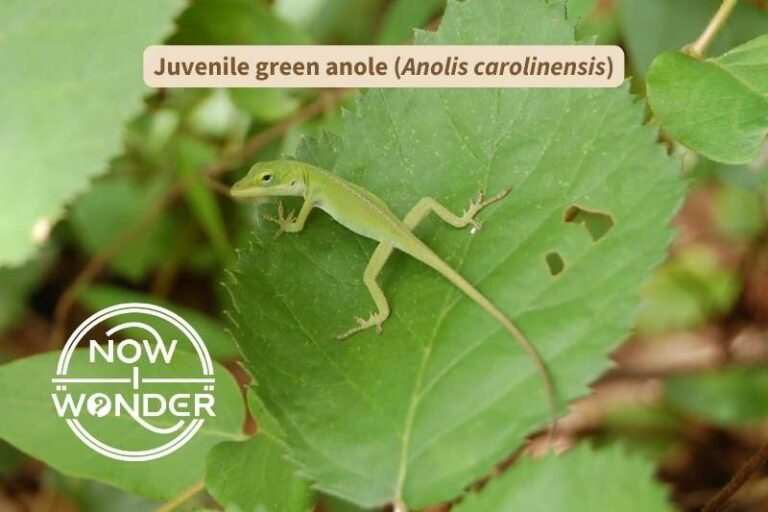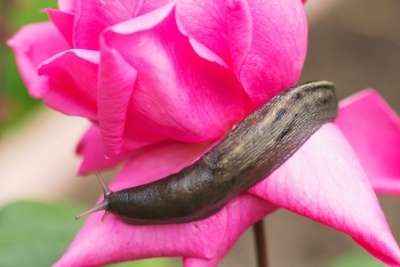Dragonflies and horse flies are two types of insects commonly found in many of the outside areas humans like to visit, such as sunny meadows next to ponds and streams, and lakes. However, beyond both being insects, and thus having exoskeletons, antennae, six legs, and wings, they are far more different than similar.
Dragonflies consume flying insects, many of which bite humans, and are themselves harmless to humans. Horse flies consume either mammalian blood or nectar, depending on the sex. Female horse flies depend on blood to feed their eggs, while males lack the ability to bite.
The type of food an animal eats is one of the most fundamental aspects of their being, so it is clear from the outset that dragonflies and horse flies are different from one another. Many species of each exist, so for the purposes of this discussion, this post focuses on a few of the species most commonly found in the southeastern United States. Read on for the details of their similarities and differences.
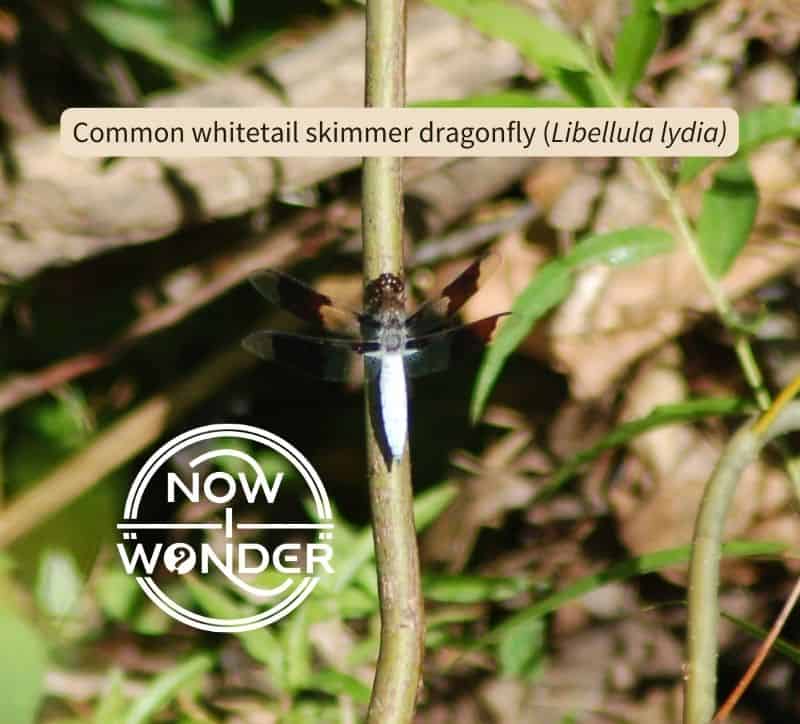
Classification
Dragonflies are classified within class Insecta, order Odonata, suborder Anisoptera (to distinguish them within their order from damselflies, which are classified within suborder Zygoptera). Worldwide, there are only about 5000 species worldwide, including approximately 300 species north of Mexico (Eaton and Kaufman 2007).
In contrast, horse flies are classified within class Insecta, order Diptera, family Tabanidae. Worldwide, there are more than 4400 named species, including approximately 350 found in North America (Eaton and Kaufman 2007).
Larval Stage: Similarities and Differences
Incomplete vs. complete metamorphosis
Dragonflies are hemimetabolic insects that undergo incomplete (also known as “partial”) metamorphosis. They hatch from eggs, grow through many stages known as instars, and emerge from their final instar in adult form but have no pupal life stage. As larvae, they have obvious heads, thoraxes, and abdomens, along with six jointed legs characteristic of adult insects.
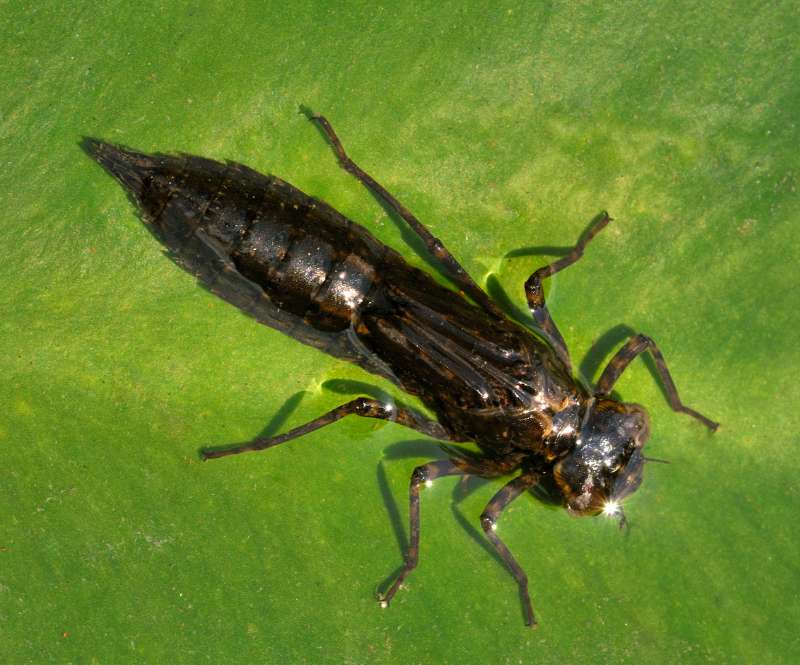
In contrast, horse flies, like all flies in Order Diptera, are holometabolic insects that undergo complete metamorphosis. Horse fly larvae look nothing like the adult form and are instead segmented, soft-bodied capsules of tissue resembling slugs. They lack legs and their heads are reduced and not very obvious. Horse fly larvae also hatch from eggs and grow through many instars, but also undergo a pupal stage in which their body structures transform significantly.
Larval Behavior
Dragonfly larvae (also called “naiads”) are exclusively aquatic; they live underwater and prey on aquatic invertebrates, tadpoles, and small fish. Their labiums (a part of their mouth anatomy) is highly specialized and can be shot forward from the head to attack the dragonfly larvae’s prey. Once prey has been captured, the labium is retracted to the head where the larvae’s mandibles can chew it.
Horse fly larvae are considered aquatic but live often in environments that are simply moist like damp soil and under wet leaf litter. Horse fly larvae also prey on other invertebrates as well as small frogs and salamanders but lack the unique and distinctive labia of the dragonfly larvae. Instead their mouthparts consist of vertically oriented claw-like mandibles that slash and slice prey.
Dragonfly larvae breathe underwater through their skin and their anuses. They can draw oxygenated water into their abdominal cavity through their anuses and expel deoxygenated water the same way. Horse fly larvae absorb oxygen through their soft, thin skin.
Dragonfly larvae use their legs to crawl across the substrate of their underwater habitats, although some burrowing species can essentially jet-propel themselves several inches by shooting water out their anuses under high pressure.
Since they have no legs, horse fly larvae move through their environment using “creeping welts”, which are “transverse, swollen areas (ridges) that bear one to several modified setae or spines” (Merritt et al. 2009). The spines along the ridges provide traction and the larvae inch themselves along by changing the pressure within their body sacs and contracting internal muscles.
Adult Stage: Similarities and Differences
Eyes and Vision
The adult forms of both dragonflies and horse flies have large eyes consisting of thousands of tiny facets which combined give them acute vision. The eyes meet along their margins on top of the insects’ heads in male horse flies and some families of dragonflies, and are separated on female horse flies and other dragonfly families.
For information about the many different types of dragonflies, check out this other Now I Wonder post “Are there different types of dragonflies?”.
Vision is extremely important to both types of insects. They locate prey, potential mates and predators visually and excel at spotting movement, resolving shapes, and can even see polarized light. However, while dragonflies hunt exclusively by sight and rely very little on their other senses to survive, horse flies use other senses, especially when finding their meals (discussed below).
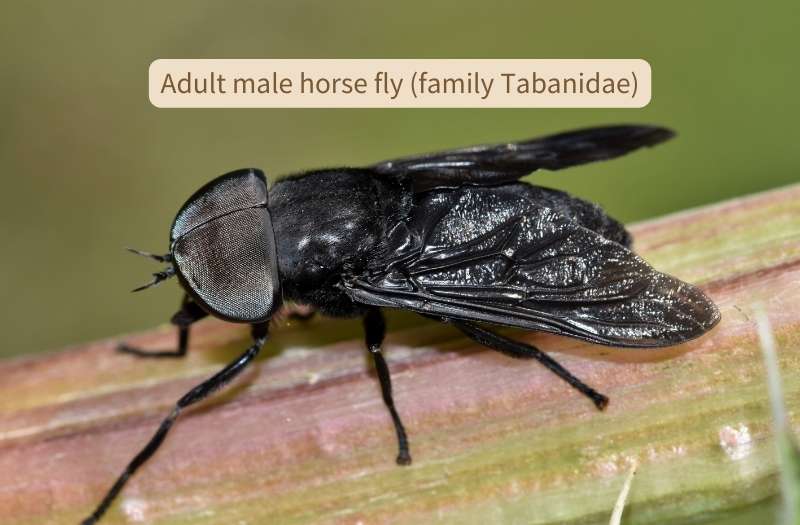
Mouthparts and eating
Additionally, while dragonflies lose their special projectile labiums when they grow into their adult forms, their mouthparts remain adapted for chewing. They have strong jaw muscles and hard, sharp mandibles which easily snap through the exoskeletons of their insect pry. In contrast, adult horse flies have knife-like mandibles that close like scissors and are adapted to slicing through soft flesh.
Dragonflies are carnivorous throughout all stages of their lives and feed on many other insects, especially dipterans like horse flies. But horse flies are carnivorous only in their larval form. As adults, female horse flies feed on blood (called “hematophagous”) and males feed only on nectar and pollen. Female horse flies require blood to feed their eggs and obtain it by biting mammals such as deer, cattle, horses, and even humans.
Wings and Flight
Both dragonflies and horse flies are strong, speedy, and agile fliers. Dragonflies have two sets of long, narrow wings that project out to the side from their thoraxes. Horse flies, like all dipterans, have only one set of wings which are held over the abdomen; the second set of wings evolved into sensory structures called halteres that provide information about air flow and body position.
Both insects’ wings are thin, strong membranes made of cuticle, which is a nonliving composite of chitin and protein, and are powered by strong flight muscles supported and fed by hemolymph-filled veins.
To learn about hemolymph, check out this other Now I Wonder post “Do insects have blood?”.
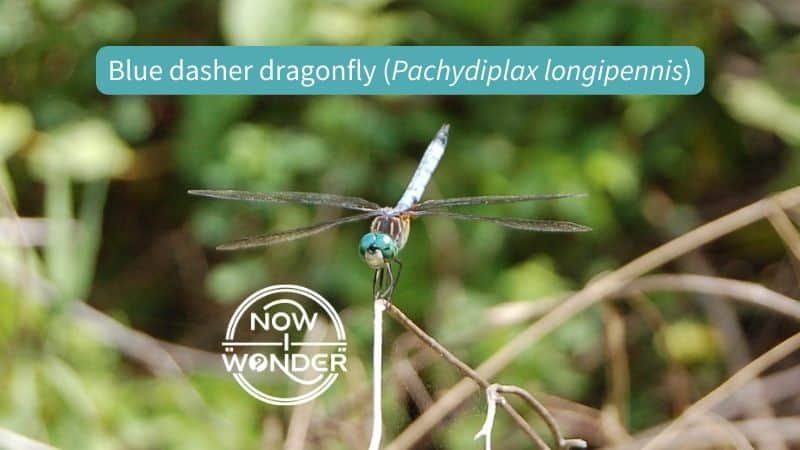
Both types of insects can take off very quickly from standing starts, hover, and change directions quickly. Dragonflies fly around to capture prey in flight and hover to eat or scope out their environment for additional targets while male horse flies fly around to locate food plants, then hover or land to drink nectar. In contrast, female horse flies watch for prey while perched on vegetation, fly out to land, slice deep lacerations into the animals’ flesh and lap up the pooling blood.
Dragonflies flap their wings approximately 20-40 times per second (Tennesson 2009) and buzz when they fly. Stealth is unnecessary as sheer flight speed and agility are more valuable in chasing down fleeing flies than sneaking up on them.
In contrast, horse flies fly silently. Although they flap their wings many times per second just like dragonflies, silent flight helps the females sneak up on large, inherently dangerous animals which never appreciate being painfully sliced open by the flies’ knife-like mouthparts.
Other Senses
As noted above, female horse flies use vision as well as other senses to locate suitable mammals to bite.
They can sense carbon dioxide expelled by breathing mammals and follow the plumes back to the sources and also sense other chemicals released into the air from urine, sweat, and manure. Additionally, female horse flies are adept at thermally sensing surface blood vessels. They tend to attack dark-colored mammals standing in sunlit areas more often than light-colored, spotted, or striped animals standing in the shade because the warm sunlight increases blood flow to the animals’ skin and also because horse flies can react faster when warmer (Horváth et al. 2020).

Interaction with Humans
Dragonflies are universally beneficial to humans (unless they are eaten raw in which case they can transmit a trematode fluke in the family Lecithodendriidae (Tennessen 2009)). They do not bite us unless harassed and restrained nor do they damage our agricultural economy, and are important prey for many other species such as birds and fish.
But dragonflies are directly helpful to humans because they eat enormous numbers of flying insects, including horse flies and other biting dipterans. This is important because horse flies cause tremendous economic damage. Their painful bites can distress animals to the point they cannot eat or devote energy to manufacturing milk or meat and the open wounds offer easy entry for microbes and parasites to exploit.
Additionally, the blood loss from multiple bites alone can weaken animals directly. Female horse flies can suck up to 0.2 cubic centimeters of blood at one feeding (Altunsoy 2015) which might not sound like very much from an animal the size of a horse or a cow. But blood loss multiplied by hundreds of bites caused from heavy attacks from many horse flies at a time can add up fast.
Beyond simply the pain and blood loss horse flies cause wildlife, livestock, and humans, they can also transmit several different diseases, including equine infectious anemia, bovine leukemia, hog cholera, bacterial rickettsia, and anthrax (Mullen et al. 2002).
Taken together, dipterans transmit more diseases to humans and other animals than any other group of arthropods (Merritt et al. 2009). Horse flies do not transmit as many diseases as often as other types of flies but they certainly do their share.
Conclusion
Dragonflies and horse flies share many basic characteristics but are very different creatures. It is far easier for most humans to appreciate dragonflies than horse flies as they are beautiful, easy to observe, cause no pain to mammals, and eat tremendous numbers of biting insects, including horse flies. In contrast, while horse flies deserve respect as important parts of many worldwide ecosystems, they are generally loathed as vicious little beasts – and for good reason.
Related Now I Wonder Posts
For more about dragonflies and other insects in order Odonata, check out these other Now I Wonder posts:
- Is a dragonfly a fly?
- Can dragonflies walk?
- What do dragonflies do at night?
- What is the difference between a dragonfly and a damselfly?
- Dragonflies vs. Butterflies Part 1: First Comes Form
- Dragonflies vs. Butterflies Part 2: Second Comes Function
References
Altunsoy, Ferhat. 2015. “Host and Feeding Side Preferences of the Horse Flies (Diptera: Tabanidae.” Journal of the Entomological Research Society 17 (1): 107-115.
Eaton, Eric R., and Kaufman, Kenn. 2007. Kaufman Field Guide to Insects of North America. Mariner Books. HarperCollins.
Horváth, Gábor, Ádám Pereszlényi, Ádám Egri, Tímea Tóth, and Imre Miklós Jánosi. 2020. “Why do Biting Horseflies Prefer Warmer Hosts? Tabanids can Escape Easier from Warmer Targets.” PLoS One 15 (5) (05). doi: https://doi.org/10.1371/journal.pone.0233038.
Mullen, Gary R., Durden, Lance A., and Durden, Lance, eds. 2002. Medical and Veterinary Entomology. Burlington: Elsevier Science & Technology.
Mullens, Bradley A. and Jeffrey V. Freeman. 2017. “Hovering and Swarming Behavior of Male Tabanus Calens (Diptera: Tabanidae) in Tennessee and New Jersey, USA.” Journal of Medical Entomology 54 (5) (09): 1410-1414. doi: https://doi.org/10.1093/jme/tjx070.
Merritt, Richard W., Gregory W. Courtney, and Joe B. Keiper. “Diptera.” In Encyclopedia of Insects, edited by Vincent H. Resh, and Ring T. Carde. 2nd ed. Elsevier Science & Technology, 2009.
Tennessen, K. J. “Odonata.” In Encyclopedia of Insects, edited by Vincent H. Resh, and Ring T. Carde. 2nd ed. Elsevier Science & Technology, 2009.
